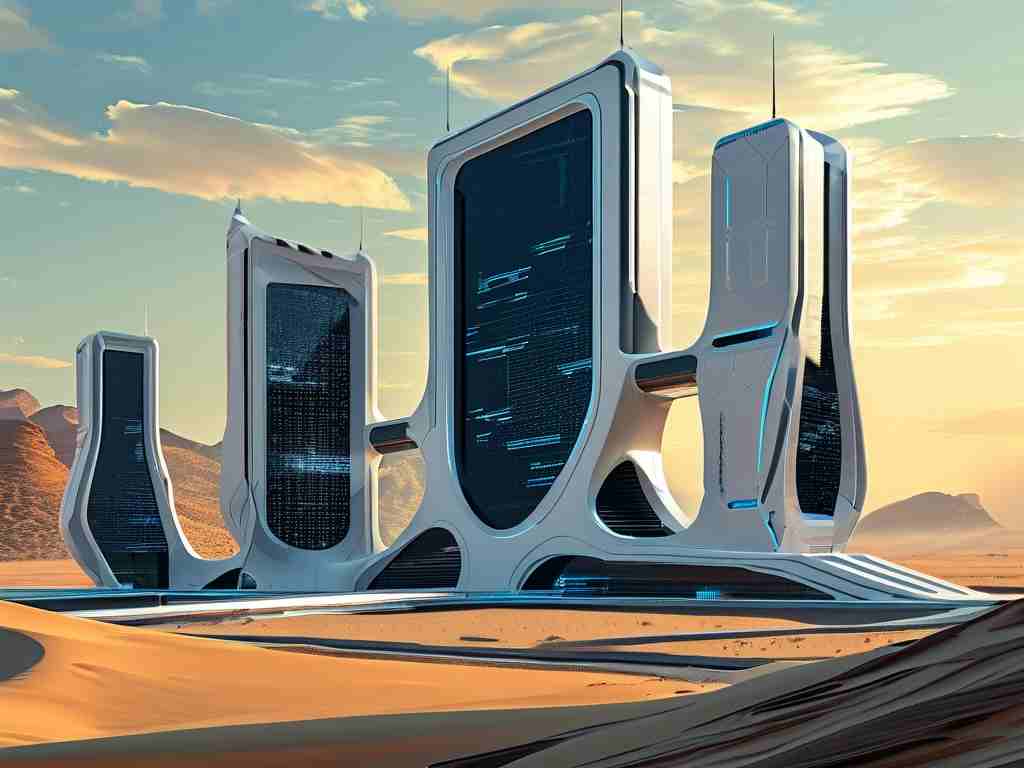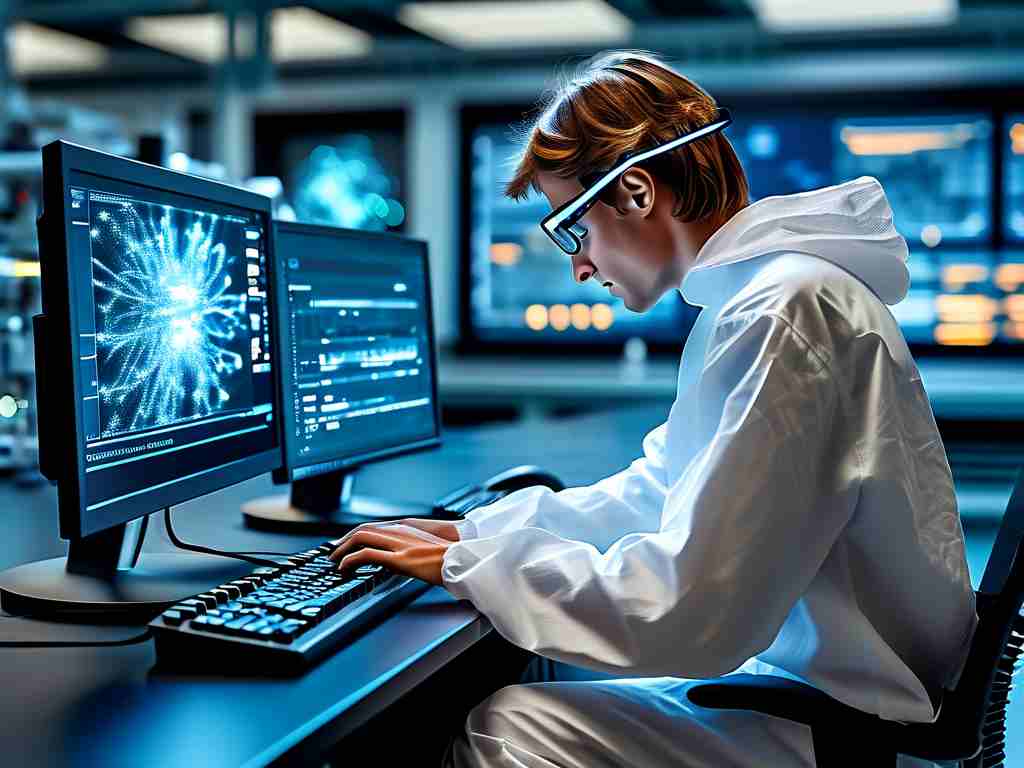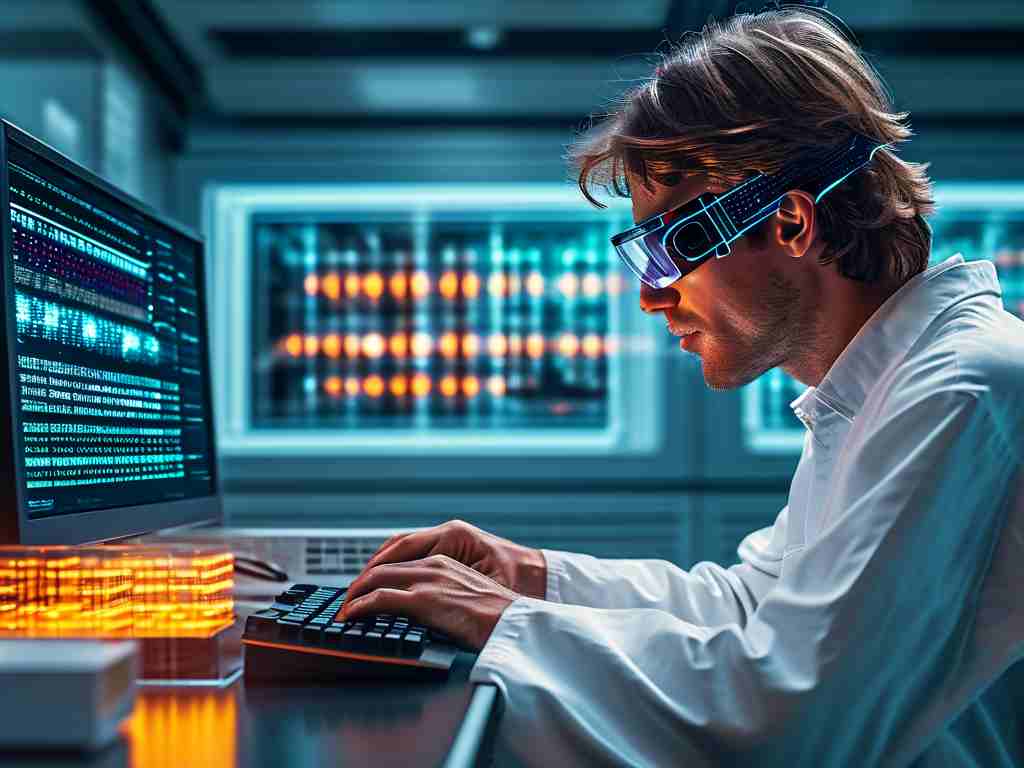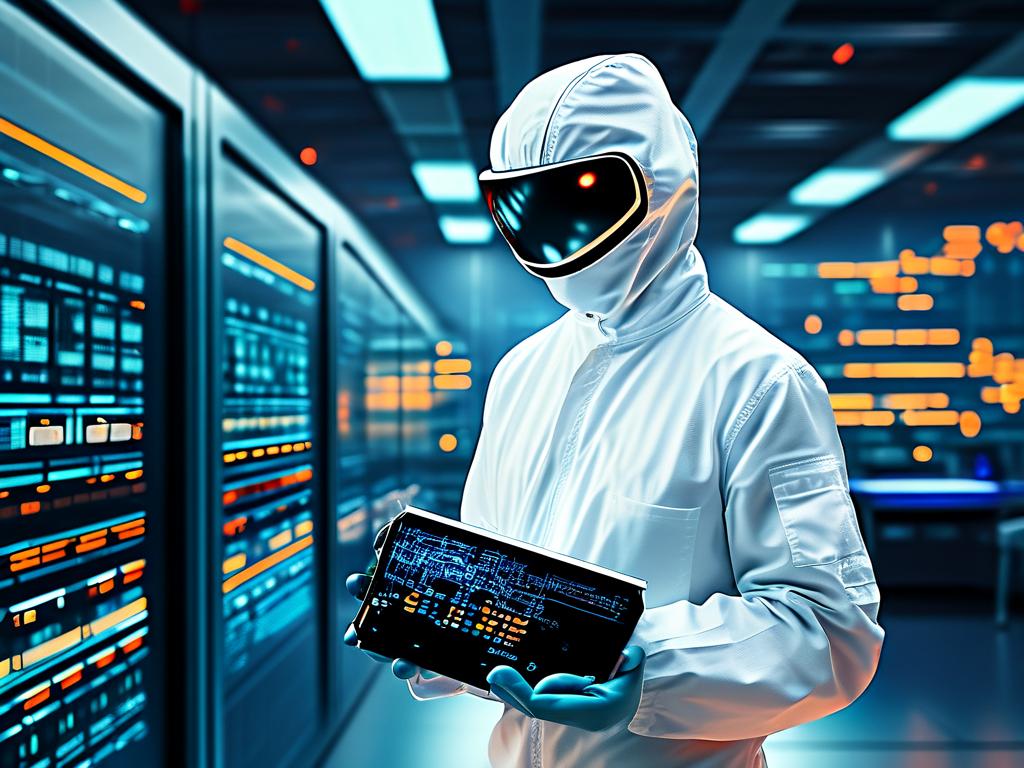The relentless march of technology periodically encounters a paradigm shift so profound it redefines the possible. Quantum information technology (QIT) represents precisely such a seismic shift, leveraging the counterintuitive principles of quantum mechanics – superposition and entanglement – to process and transmit information in ways classical systems fundamentally cannot. This nascent field promises not merely incremental improvements, but revolutionary capabilities poised to transform computing, communication, and cryptography, heralding a future once confined to the realm of science fiction.

At the heart of this revolution lies quantum computing. Classical computers rely on bits, binary units of 0 or 1. Quantum computers, however, utilize quantum bits or qubits. A qubit’s power stems from its ability to exist in a superposition of both 0 and 1 states simultaneously. This phenomenon allows a quantum computer to explore a vast number of potential solutions to a problem concurrently. When multiple qubits become entangled – a uniquely quantum correlation where the state of one instantly influences another, regardless of distance – their computational power scales exponentially. Imagine solving complex optimization problems crucial for logistics, drug discovery by simulating molecular interactions at unprecedented fidelity, or breaking current cryptographic standards considered unassailable by classical means. Achieving "quantum advantage," where a quantum machine demonstrably outperforms the best classical supercomputer on a practical task, is the field's holy grail, with companies like Google and IBM making significant strides using various qubit technologies (superconducting circuits, trapped ions, photonics). While large-scale, fault-tolerant quantum computers remain years away, the trajectory is unmistakable.
Consider this simplified conceptual snippet illustrating superposition (using Python-like syntax for a quantum library like Qiskit):
from qiskit import QuantumCircuit, Aer, execute
from qiskit.visualization import plot_bloch_multivector
# Create a quantum circuit with 1 qubit
qc = QuantumCircuit(1)
# Apply a Hadamard gate to put the qubit into superposition
qc.h(0)
# Simulate the circuit
simulator = Aer.get_backend('statevector_simulator')
result = execute(qc, simulator).result()
statevector = result.get_statevector()
# Visualize the qubit state on the Bloch sphere
plot_bloch_multivector(statevector)
This code initializes a qubit in the |0> state, applies a Hadamard gate (putting it into an equal superposition of |0> and |1>), and visualizes its state. The visualization would show the qubit state vector pointing along the X-axis of the Bloch sphere, representing the (|0> + |1>)/sqrt(2) state.
Parallel to the computing revolution is the transformation of secure communication via quantum cryptography. Quantum Key Distribution (QKD), exemplified by protocols like BB84, exploits quantum mechanics to generate and distribute cryptographic keys with theoretically unbreakable security. The core principle rests on the quantum no-cloning theorem and the inherent disturbance caused by measurement. If an eavesdropper (Eve) attempts to intercept the quantum signals (often individual photons) carrying the key, her measurement unavoidably alters their quantum state, alerting the legitimate parties (Alice and Bob) to the intrusion. This offers a level of security fundamentally different from classical methods based on computational hardness, which could be rendered obsolete by powerful algorithms or future quantum computers themselves. Real-world QKD networks are already operational in select metropolitan areas and for high-security government links, with satellites like China’s Micius demonstrating global-scale quantum communication feasibility.
Furthermore, quantum information science underpins advancements in quantum sensing and metrology. Quantum sensors exploit entanglement and superposition to achieve unprecedented precision in measuring physical quantities like magnetic fields, gravity, time, and rotation. This has profound implications for navigation (quantum gyroscopes/accelerometers), medical imaging (detecting neural activity with extreme sensitivity), geology (resource exploration), and fundamental physics research. Quantum-enhanced imaging techniques promise to see through obscurants or achieve resolutions beyond classical diffraction limits.
However, the path to widespread quantum technological adoption is fraught with significant challenges. Qubits are notoriously fragile, easily losing their quantum state (decoherence) due to interactions with their environment. Building systems with millions of error-corrected logical qubits necessary for practical, large-scale applications requires overcoming immense engineering hurdles in materials science, control electronics, and cryogenics. Scaling quantum communication networks demands overcoming photon loss over long distances in optical fibers, necessitating quantum repeaters – another active research frontier. Integrating quantum devices with existing classical infrastructure and developing the necessary algorithms and software stacks are also critical tasks. The cost and complexity of current quantum systems remain prohibitive for most users.
Despite these hurdles, the potential societal and economic impact of quantum information technology is colossal. It promises breakthroughs in designing new materials with tailored properties, revolutionizing pharmaceutical development, optimizing complex global supply chains and financial models, and creating fundamentally secure communication infrastructures. Nations and corporations worldwide are investing billions, recognizing QIT as a strategic technology for future economic competitiveness and national security. The "second quantum revolution" is undeniably underway.
In , quantum information technology is not merely an incremental step but a foundational leap forward. By harnessing the peculiar rules governing the quantum realm, it unlocks computational power, communication security, and measurement precision that classical physics deems impossible. While significant scientific and engineering challenges remain to be surmounted, the relentless pace of research and development suggests that quantum technologies will transition from laboratory curiosities to impactful real-world applications within the coming decades. Understanding and engaging with this transformative field is crucial for navigating and shaping the technological landscape of the 21st century and beyond. The poster for this revolution is being drafted now, one entangled qubit at a time.






